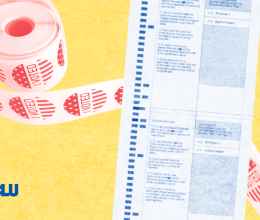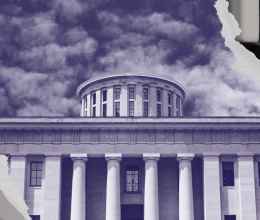Following the November 2016 election, President Trump and his administration made claims that simply should not go unanswered, both because they are patently false and they pose a grave threat to our most cherished right to vote. The administration has repeatedly claimed that 3-5 million people illegally voted in that election, and have now launched a national investigation to look into it.
The taskforce will have Kansas Secretary of State Kris Kobach as Vice Chair, which should cause concern for any voter. Kobach has been behind many disenfranchisement schemes, most notably unconstitutional requirements for people to show proof of citizenship and creation of an interstate database that has led to many thousands of eligible voters to be wrongfully purged.
The real fraud here is that President Trump’s claims could be used to usher in a new wave of voter suppression laws under the guise of protecting the integrity of the election process.
The claims the Trump administration makes are not new—many politicians have raised the specter of rampant voter fraud for years. Unfortunately for them, there is simply no evidence that voter fraud is widespread or that much of a problem. There are limited cases, but they are exceedingly rare. Ohio Secretary of State Jon Husted has flatly denied that voter fraud factors much into the state’s elections, and most national studies have found that it is more likely for a person to be struck by lightning or be the victim of a shark attack than to commit in-person voter fraud.
The real fraud here is that President Trump’s claims could be used to usher in a new wave of voter suppression laws under the guise of protecting the integrity of the election process. Ohio has already seen a flurry of roll backs to our right to vote over the past decade, and each time advocates have pushed back against these attacks.
Most recently, a federal appeals court agreed with the ACLU of Ohio and Demos that the state’s voter purge program illegally booted eligible voters from the registration rolls. As a result of this decision, thousands of voters were able to cast a provisional ballot in the 2016 presidential election who would have otherwise been turned away. The numbers of illegally purged voters dwarf the number of reports of in-person voter fraud in Ohio, yet we’re supposed to believe that the real fraud is people are illegally voting? The real fraud is that our system still has obstacles in place that keep people from the polls.
Rather than continue to push disproven and dangerous ideas of rampant voter fraud, the Trump administration should champion the restoral of the federal Voting Rights Act. 2016 marked the first presidential election in 50 years without the full protections of this historic civil rights legislation, and it is desperately needed. Both Republican and Democratic members of Congress have supported bills that would restore the VRA, but efforts have stalled.
If state leaders are tempted to use President Trump’s remarks to introduce new voter restrictions, they would be better served focusing on how to further improve our elections. Following the 2016 election, the ACLU of Ohio issued recommendations that include allowing multiple locations for early voting, improving communication on absentee ballots, decreasing provisional ballot use, ensuring accessibility for voters with disabilities, allowing poll workers to split shifts, and providing postage paid envelopes for mail-in ballots and applications.
Making it easier to vote—now that’s something to tweet about.






